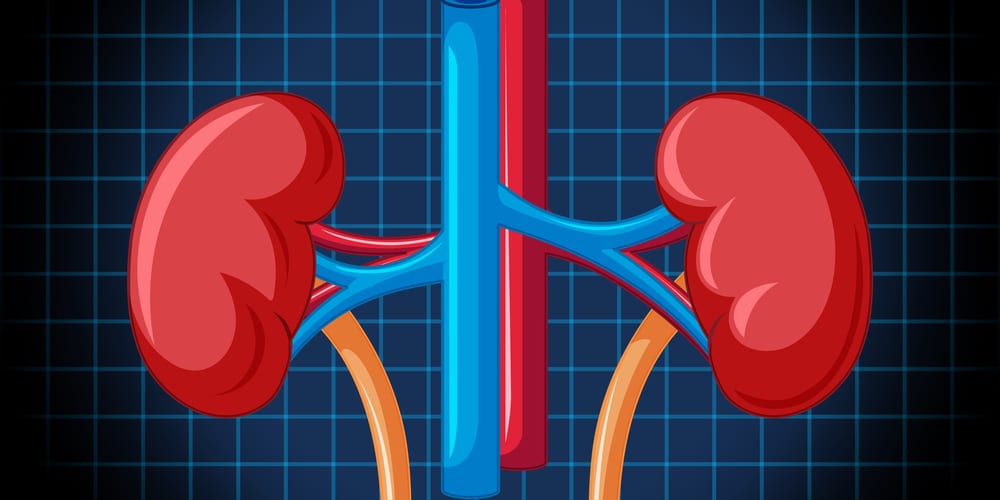Latest
WHO declares India free from trachoma, a major cause of blindness globally
The disease continues to be a public health problem in 39 countries and is responsible for the blindness of about 1.9 million people
Author
Author
- admin / 1 year

- 0
- 4 min read

Author
The World Health Organization, on Tuesday, recognized India for eliminating trachoma, one of the leading causes of blindness globally, as a public health issue, making it the third country in the South-East Asia region to achieve the milestone.
“India’s elimination of trachoma as a public health problem is a testimony to the country’s commitment to alleviating the suffering that millions have faced from this debilitating disease,” Dr Tedros Adhanom Ghebreyesus, WHO Director-General said. “WHO has worked closely with India to realize this achievement, and we congratulate the government, health workers and partners who have collaborated to make it possible.”
Though trachoma is preventable, blindness from trachoma is extremely difficult to reverse. Trachoma continues to be a public health problem in 39 countries and is responsible for the blindness of about 1.9 million people.
In 1963, the Ministry of Health and Family Welfare in India initiated a trachoma control project with support from WHO and UNICEF. The community-based interventions to eliminate trachoma consisted of surgical treatment, topical antibiotic treatment, and water, sanitation and hygiene (WASH) initiatives, along with health education promoting behavior change to decrease transmission.
The program further expanded to include interventions in rural areas. After the initiation of the National Program for Control of Blindness and Visual Impairment (NPCBVI) in 1976, trachoma control program activities were integrated with activities of NPCBVI and elimination efforts continued.
“India’s success is due to the strong leadership of its Government and the commitment of ophthalmologists and other cadres of health-care workers. They worked together with partners to ensure effective surveillance, diagnosis and management of active trachoma, provision of surgical services for trichiasis, and promotion of water, sanitation and hygiene, particularly facial cleanliness, among communities to ensure people of all ages can now look towards a trachoma free future,” said Saima Wazed, Regional Director, WHO South-East Asia Region, while congratulating the country at the Seventy-Seventh Session of the WHO Regional Committee for South-East Asia.
In 1971, 5% of all cases of blindness was because of trachoma, which has dropped to less than 1% by 2018. In fact, India was declared infective trachoma free in 2017.
“Congratulations to India on achieving certification for trachoma elimination as a public health problem! This milestone is a result of strong leadership and many years of efforts at national and state levels in addressing trachoma,” Dr Roderico H. Ofrin, WHO Representative to India said. “The implementation of the WHO-recommended SAFE strategy that includes conducting surgeries and drug administration by the Ministry of Health and Family Welfare and Government of India’s initiative like Swachh Bharat Mission and Jal Jeevan Mission have led to this achievement. India’s success is an inspiration for other nations striving to eliminate trachoma and improve public health.”
India has also developed a post-validation surveillance plan to ensure sustained impacts of trachoma elimination efforts, including provision of trichiasis surgery, community awareness and promotion of water, sanitation and hygiene, particularly facial cleanliness, as per WHO guidelines.
What is trachoma
Trachoma is a devastating eye disease caused by infection with the bacterium Chlamydia trachomatis. The infection spreads from person to person through contaminated fingers, fomites and flies that have come into contact with discharge from the eyes or nose of an infected person.
Environmental risk factors for trachoma transmission include poor hygiene, overcrowded households, and inadequate access to water, and sanitation facilities.
Repeated infections in childhood lead to scarring of the inner side of the upper eyelids, resulting in inward turning of the eyelid margin, with the eyelashes touching the eyeball. This is a painful condition known as trachomatous trichiasis – if left untreated, it can result in visual impairment and blindness.
Treatment
To eliminate trachoma, WHO recommends the SAFE strategy to achieve elimination of trachoma as a public health problem. The strategy consists of following components:
- Surgery to treat the blinding stage (trachomatous trichiasis).
- Antibiotics to clear the infection, particularly mass drug administration of the antibiotic azithromycin, which is donated by the manufacturer, Pfizer, to elimination programmes, through the International Trachoma Initiative.
- Facial cleanliness.
- Environmental improvement, particularly improving access to water and sanitation.
Also read: Fact-check: 4 eye donation myths debunked (firstcheck.in)









